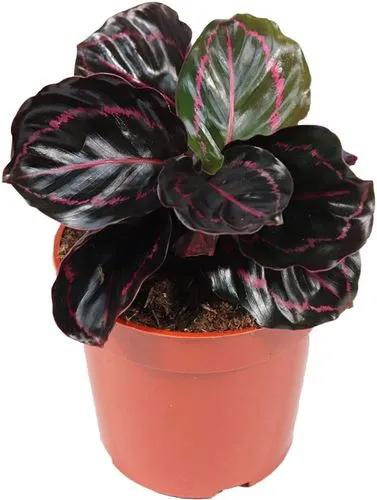Epipremnum pinnatum is a vine from the Araceae family. In the wild, Dragon Tail Plant lives in the rainforests of Southeast Asia, India, and Australia. This plant is unpretentious in care - that is why it is common among gardeners around the world, even in temperate climates.
Dragon Tail Plant Care
Epipremnum pinnatum



In the wild, the Dragon Tail Plant reaches a length of 12 meters (40 feet); however, at home, the length of the plant rarely exceeds 2-3 meters. It is a branching plant with large leaves (up to 40 centimeters or 16 inches in diameter). The leaves are long, having a slit. The size of the plant can depend on the breed, but the bizarre shape of the leaves and ease of care are common to all representatives of this species.
How to Care for the Plant

Water

Dragon Tail Plant needs regular watering. Make sure that the soil dries only on the surface of the container. In winter, you need to reduce the frequency and thoroughness of watering.

Pruning

Epipremnum pinnatum needs pruning of withered sprouts. Pruning will also allow you to control the shape and size of your plant.

Fertilizer

You do not need to use fertilizer for this plant. Dragon Tail Plant gets its nutrients from soil and sunlight. You only can use vine fertilizer from April to September.

Sunlight

Dragon Tail Plant needs bright diffused light, and direct sunlight can be dangerous for your plant. Dragon Tail Plant also grows well in partial shade. From the lack of light, the plant will look lethargic; its growth will slow down. You can place it on an east or west window.

Soil

The best option for a Dragon Tail Plant is organic soil with good drainage, such as perlite. Gardeners recommend choosing the soil that will help the roots of the plant get more oxygen. You can use soil for vines and add large drainage.

Propagation

To propagate, cut a length with a few leaves approximately 0.6 inches (1.5 cm) below the leaf node. Put the cutting in a jar with water with the node submerged. After a month the roots should start forming. When roots are 4 inches (10cm) long, transplant it into the pot.

Temperature

Dragon Tail Plant is a tropical plant, so low temperatures, and drafts are dangerous for it. The best temperature for this plant in summer is 77-72 degrees Fahrenheit (25-22 degrees Celsius). In winter, the temperature should not fall below 60 degrees Fahrenheit (15 degrees Celsius)

Container

You need a small container with a drainage hole at the bottom. When transplanting, you need to choose a container slightly larger than the previous one.

Fun fact

Epipremnum pinnatum is an excellent air purifier; you can even feel the difference when the plant is in your home.

Popularity

15,098 people already have this plant 2,031 people have added this plant to their wishlists

Common pests

Mealybugs and fungus gnats trouble dragon tail plant’s owners quite often. Use insecticidal soap or neem oil to get rid of the bugs.

Frequent diseases

This is not a plant vulnerable to many diseases. Root rot can be caused by overwatering.

Botanist’s tips

- Mist the leaves regularly. Your plant will thank you!
- If you notice that the space between leaves is growing, or the stem is becoming leafless, it might be a sign to move it to the brighter place
Discover more plants with the list below
Popular articles






